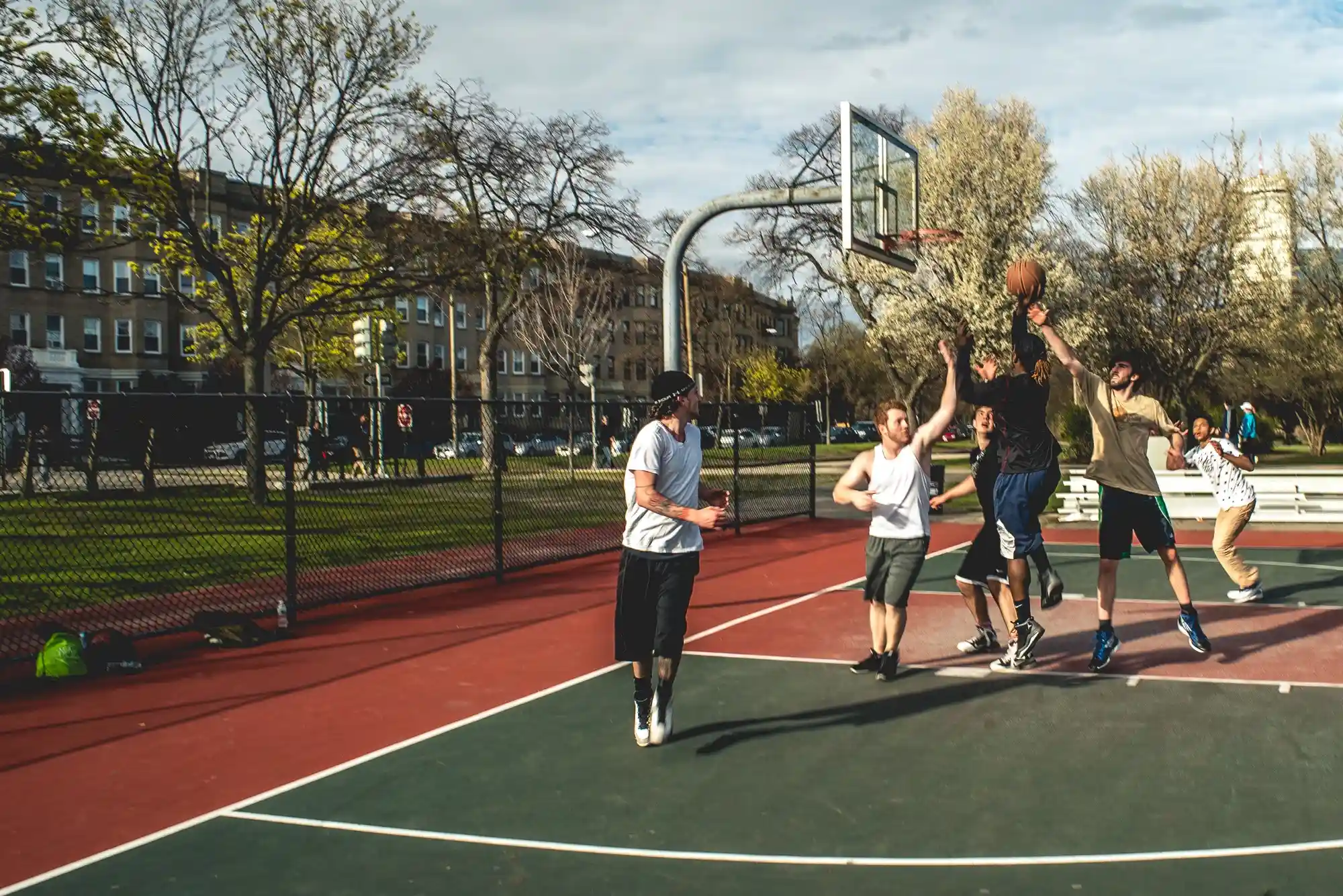Topics
- Article
#WHOOPEd Weekly Digest, Vol. 1

#WHOOPEd is a weekly collection of insights from trusted experts in the field of exercise physiology.
Monday, May 8
How to Wake up to Your Creativity
http://time.com/4737596/sleep-brain-creativity/
- During REM sleep, heart rate and respiration accelerate, and brain activity, as measured by EEGs, increases too–a function of dreaming.
- Most REM sleep comes in the last 4 hours of sleep.
- If you have an idea about a simpler solution and it’s been working itself out in your head, you still tend to use familiar logic. When you sleep, the better answer has a chance to emerge.
- In the waking and NREM states, information travels mainly from left to right, consistent with the idea that the left brain controls the right. During REM sleep, however, there is no preferred direction.
- The hormone cortisol rises during REM, which is thought to encourage the unbinding and rebinding of images that can define dreams. The brain dislikes fragmentation, so it weaves in narratives. This gives rise to novel thinking.
Strategies for boosting creativity from sleep:
- Keep a journal by your bed to log dreams
- Avoid alcohol and caffeine, since they scramble the NREM and REM cycles
- Pre-bedtime priming — ie. contemplating a problem you’d like to solve — increases the likelihood that sleep will bring some answers
Tuesday, May 9
The Relationship Between Professional Burnout and Quality and Safety in Healthcare: A Meta-Analysis
https://link.springer.com/article/10.1007/s11606-016-3886-9
- The study was designed to measure the relationship between provider burnout and the quality of care across disciplines.
- Burnout is defined as emotional exhaustion, depersonalization, or reduced personal accomplishment.
- Quality is defined as perceived quality and patient satisfaction.
- Analyzed the findings of 82 studies, incapsulating data from 210,669 healthcare providers.
- Provider burnout demonstrated consistent negative relationships with patient satisfaction, quality indicators, and perceptions of safety.
- These findings highlight the necessity of burnout interventions.
Wednesday, May 10
A Review of Player Monitoring Approaches in Basketball: Current Trends and Future Directions
https://www.ncbi.nlm.nih.gov/pubmed/28445227?platform=hootsuite
- Effective monitoring of players in team-sports requires an understanding of the external demands and internal responses as they relate to training phases.
- Monitoring internal response gives a coaching staff the means to determine if positive adaptive response is being achieved for each player.
- HR is considered a valid method to determine the aerobic metabolic contribution during exercise, and to categorize the intensity of activities performed.
- The researchers conclude that micro-sensors represent a viable method of quantifying training and competition loads in basketball. The non-invasiveness of micro-sensors and their ability to simultaneously monitor external demands and internal responses make them “extremely suited to basketball”.
Thursday, May 11
10 Ways That Running Changes Your Mind and Brain
https://digest.bps.org.uk/2017/04/19/10-ways-that-running-changes-your-mind-and-brain/
- Runners live, on average, 3 years longer than non-runners.
- Running will do more for your longevity than any other form of exercise.
- Distance runners show greater connectivity between the frontal parietal network and other neural regions involved in working memory and self-control.
- Intense sprints have been shown to boost executive function and ability to learn.
- Seven weeks of interval running has been shown to boost cognitive flexibility, meaning they are better at adapting to rapid changes in tasks.
- Running triggers the increased release of endorphins in the brain, creating a natural high.
- Early research in mice suggests that running may encourage the growth of new neurons in the brain.
- A short jog can help you regulate your emotions.
- Why do people endure multiple marathons? Time seems to wipe your memory of the pain.
Friday, May 12
Brain Tissue Structure Could Explain Link Between Fitness and Memory
https://news.illinois.edu/blog/view/6367/493856
- Researchers used a specialized MRI technique to measure the structural integrity of the hippocampus in healthy adults and correlate it with their performance on fitness and memory tests.
- Those who performed better on the fitness test also performed better on memory tasks.
- Further, subjects with higher fitness levels also had more elastic tissue in the hippocampus.
- When the hippocampus is more elastic, memory is better.
- The findings suggest that exercise can improve the structure of the hippocampus, which promotes better memory.